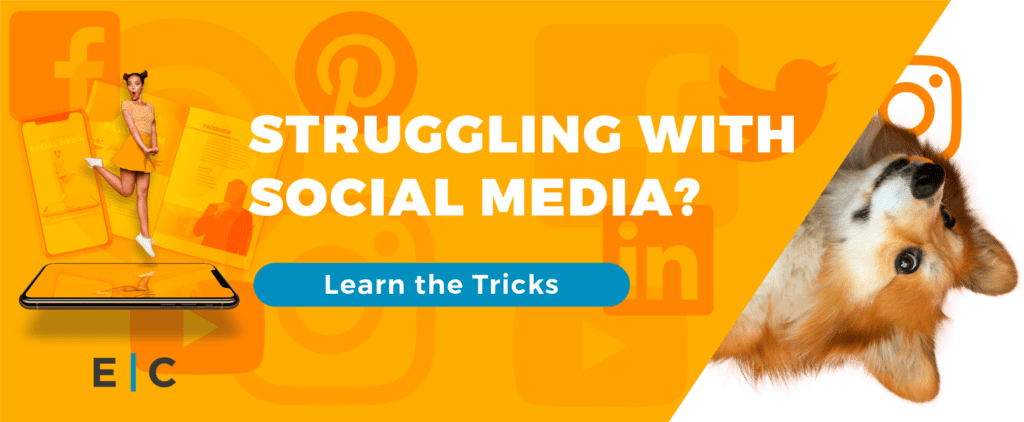Let’s talk about segmenting your leads, which is really just schmancy-speak for grouping your customers and clients by their shared properties: characteristics, needs, or interests. The main reason you should be segmenting your leads is so that you can create more personal, timely, effective messages. It’s also effective in closing sales with those leads and generating new business with old customers.
Why Segment Leads?
Consider this as well: your clients and potential clients will never all be in the same place at the same time. They will be in different stages of your buying cycle at any one time, and will have different relationships with an opinions about your company and the product or service you’re trying to sell. So if you deliver content carefully curated for your customers, you will have a higher conversion rate to sales/purchasing. The better your segmentation, the better your ability to drive the next step in that customer journey. And, better content equates to customers reading your emails and perusing your website for longer periods of time.
Methods for Lead Segmenting
How you’d like to separate your data is entirely up to you. You might employ several different methods based on whether you are sorting for email marketing and/or lead generation. (Side note: Segmenting is one of the most overlooked features in email marketing software.)
You can start with these two kinds of segmentation which are a bit more cerebral and require some prediction:
Explicit Segmenting: Characteristics of a lead or customer demonstrated by conversation, lead generation or purchase behavior
Implied Segmenting: Characteristics of a lead or customer implied in their actions, demographics or purchase behavior
Other methods of lead segmenting are more straightforward:
Age
This will color their worldview and whether or not they use social media/certain social media channels.
Gender
This impacts preferences (clothing and entertainment) and the manner by which men and women make their purchases.
Spending behavior
Is it an impulse buy? Is your customer frivolous or risk-averse and calculating?
Location
Holding events in various cities/towns can lead to in-person selling opportunities, and demonstrates a local interest.
Calendar year
Do certain holidays have relevance to your services that accelerates momentum? Or is there a time of year that has a negative impact and slows things down?
Social media behavior
Do your customers engage with your business on Twitter, Facebook or Instagram? Structuring your efforts to each medium will be of benefit. Remember that Instagram is all about the striking visual; Facebook is family and heartwarming/viral video oriented, and Twitter is more of a bounce platform–you usually post links that make readers click on them and take them to another page.
Website behavior
Do your clients repeatedly visit your page? How often? Are the best customers the ones who stop by over and over, or visit once before purchasing or requesting more information? How are you tracking behavior and outcomes/results?
Job description
Will this person spread the word about your service or product in an effective manner? Do they have a platform? Are they a key decision maker? Consider their sphere of influence or buying power.
How they became a lead in the first place
This is another segmentation that can be very useful in creating relevant content. Businesses generally use a variety of ways to generate leads, for example: downloadable content on their website, collecting names at trade shows or just meeting someone on the street. These are all valid, but each avenue tends to attract people who are looking for different things. By segmenting how they were introduced to your business, you can determine the best products to market to them.
These are not the only ways you can segment your leads–you basically have an unlimited supply of categories. And, you can always switch gears and change things up if you aren’t finding ease of use/a significant impact in results.
-FINAL(01-00)-White&Blue-01.svg)





